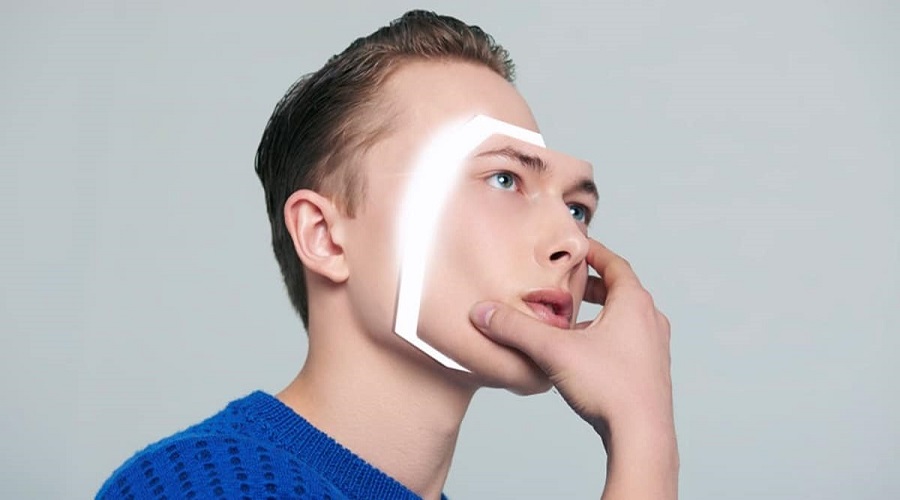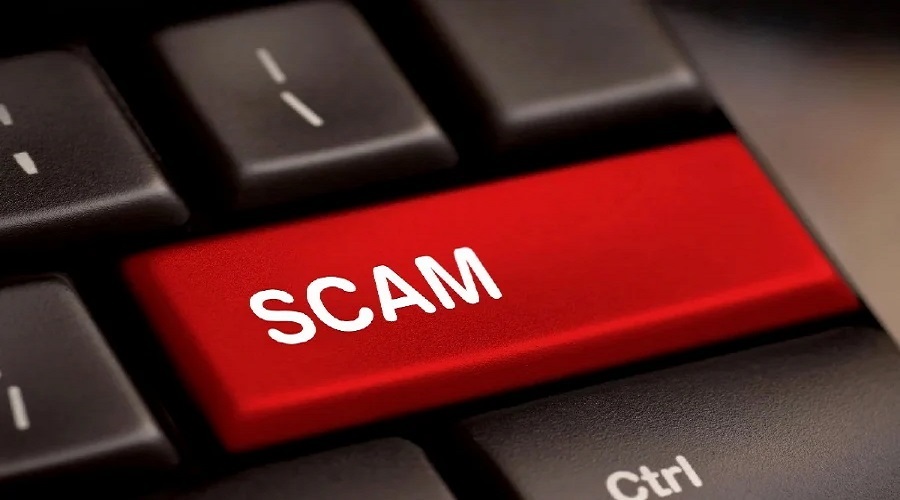
The world has become increasingly digital, and with that, it has also become more vulnerable to scams and fraudulent activities. One such scam is deep fake scams. Deepfake technology has been around for a few years and has been making waves in the entertainment industry. But, as technology has advanced, so has how it is being used for malicious purposes.
Deepfake scams pose a significant threat to individuals and society, and we must educate ourselves and take steps to protect ourselves. We will discuss what deepfake scams are, the different types of deepfake scams, and, most importantly, the seven essential tips to avoid deepfake scams.
What Are Deepfake Scams?
Deepfake technology uses artificial intelligence to create realistic and convincing images, videos, or audio clips. It is a form of digital manipulation that can be applied to nefarious ends, like a fraud. Deepfake scams are a type of scam that uses deepfake technology to manipulate individuals into giving away personal information or money. These scams can take the following forms: unsolicited messages, videos, or audio clips that appear to be from a trusted source.
Types Of Deepfake Scams
There are quite a lot, but the three common ones are financial scams, political scams, and personal identity theft.
- Financial Scams: Financial deepfake scams typically involve fake messages that appear to be from a bank or financial institution. These messages may ask for personal information, such as bank account numbers or passwords, or they may ask the individual to transfer money to a different account.
- Political Scams: Political deepfake scams involve using deepfake technology to create fake videos or audio clips of political figures. These videos or audio clips are used to spread false information or to manipulate public opinion.
- Personal Identity Theft: Personal identity theft scams involve the creation of deepfake images or videos that appear to be of the individual. These deepfakes are then used to spread false information or to steal the individual’s personal information.
What Does February 7 Remind Us Of Globally?
On Feb 7, the world celebrates Safer Internet Day, a day dedicated to promoting a safer and more secure online environment for all users. Safeguarding our online presence has become more critical than ever as technology continues to advance at an unprecedented pace. With the rise of deepfakes, it is vital to stay vigilant and aware of the latest scams that threaten our online safety.

7 Tips for Identifying Deepfakes Scams By Experts
Deepfakes are a type of deception that involves a person’s face being overlayed on top of a pre-existing video, creating the illusion that it is actually them. As the number of Google searches for “how to make a deepfake” has increased by 120% in just one week, it is clear that scammers are taking advantage of this new form of deception. To better guard against becoming a victim of deepfake scams, Scams.info has provided seven expert tips for identifying them.
1. Keep an Eye on Facial Imperfections
Facial imperfections are one of the key indicators of a deepfake video. Although deepfake technology has come a long way in creating incredibly realistic simulations, some imperfections are still noticeable to the trained eye. Here’s what you should look out for:
- Blinking: In a deepfake video, the blinking of the person’s eyes may look unnatural or exaggerated. If the blinking appears excessive or mechanical, it indicates that the video is not real.
- Lip syncing: Another facial imperfection to look out for is lip syncing. In a deepfake, the person’s lips may not match the audio in the video. This is because the deepfake technology can struggle to replicate the subtle movements of the lips accurately.
- Skin texture: Deepfake technology can also struggle to replicate the texture and appearance of human skin accurately. If you notice any unusual or exaggerated textures or colors, it’s a good indication that the video is not real.
- Light reflection: Light reflection is another key indicator of a deepfake video. In real life, light reflects off our faces in a certain way, and deepfake technology can struggle to replicate this accurately. If you notice any unusual light reflections or shadows, it’s a good indication that the video is not real.
One of the key ways to spot a deepfake video is to look for imperfections in facial features. The human face is made up of 43 different muscles that work together in unique combinations. Therefore, if you notice flaws or blurred image quality around the hairline, it is likely that the video is a deepfake. Video streaming services like YouTube provide a setting where you can adjust the playback speed of the video. By slowing down the video, you can easily analyze the facial features for imperfections, and by speeding up the video, you can highlight any discrepancies in the speed of blinking in relation to the movement of facial features.
2. Watch Out for Rapid Eye Movement
Another common sign of a deepfake video is the lack of movement in the person’s eyes. There is usually a rigidity to the motion of the eyes and a lack of blinking. The average person blinks 15-20 times each minute, so if you notice that the person in the video is not blinking, it is a red flag. Additionally, in a scenario requiring prolonged attention or induces anxiousness, the number of consecutive blinks in rapid succession increases, so be sure to watch for this when the video asks you to put in personal information.
To help detect rapid eye movement in deepfakes, you can use specialized software or online tools that are designed to analyze the eye movement patterns in videos. These tools can help you identify any inconsistencies or abnormalities in the eye movement that may indicate that a video has been manipulated.
It is essential to note that not all deepfakes will have noticeable rapid eye movement. Some deepfakes may be more sophisticated and use more advanced technology to mimic the natural movements of the eyes. However, by keeping an eye out for rapid eye movement, you can reduce the chances of falling victim to a deepfake scam.
3. Check the Body Language
Expressive people tend to accompany their facial expressions with hand gestures and body movements. When watching a deepfake, if the body language does not match the facial expressions, It is a blatant sign that something is wrong.
Suppose the video in question is of someone with celebrity status. In that case, you can compare the body language in the video to other videos of them to draw your conclusions and avoid being scammed.
4. Analyze the Side Profile
Deepfake software is limited to analyzing 2D features of the face, which means that the illusion can easily be broken when displaying a side profile. Analyzing the side profile of a video is another technique that can be used to detect deepfakes. This approach benefits from the fact that deepfake technology has a harder time replicating the subtle movements and expressions on the side of a person’s face.
One way to analyze the side profile is to look for unnatural movements or facial asymmetries. For example, if a person’s mouth moves exaggeratedly or unnaturally when they speak, this may indicate that the video has been manipulated. Similarly, if a person’s eyebrows or eyelids move in an unnatural way, this may also be a sign of a deepfake.
Another way to analyze the side profile is to look for changes in lighting or shadows that occur on the side of the face. Deepfake technology can struggle to replicate how light falls on a person’s face, resulting in inconsistencies or unnatural shadows. For example, if a person’s cheekbone appears to change shape as they move their head, this may indicate that the video has been manipulated.
5. Listen for any Inconsistencies in the audio quality
In some cases, deepfake videos may not have the audio appropriately synced with the video, resulting in a mismatch between the mouth movements and the audio. Additionally, the audio quality may be better than in a genuine video, so listen carefully for any inconsistencies. It’s crucial to focus on the audio in the video.
If the audio sounds robotic, garbled, or otherwise unnatural, this may be another sign that the video has been deepfaked. If there are any flaws in the audio quality, pay close attention to them. Also, listen for deviations from the speaker’s regular phrasing, accent, or tone of voice. As demonstrated in the recent Elon Musk deepfake, the voice was largely convincing, but a few sentences were said in a way that wasn’t consistent with his accent, and some lines were chopped off abruptly, giving the impression of a robot.
6. Look for Inconsistent Backgrounds
In deepfake videos, the backgrounds may appear inconsistent or out of place, so be sure to pay attention to the surroundings in the video. If the background appears to be shifting or changing in any way, it may be a sign that the video is a deepfake.
The lighting and shadows from the original photos will struggle to fit the new context it has been placed into when a new face is cast over an old figure. Not only will there be a discrepancy in this, but since it was added after the film had already been captured, no additional lighting or shadows will be cast onto the face.
7. Trust Your Intuition
Ultimately, the most important aspect to consider when trying to detect deepfake scams is to trust your gut. A key aspect of scams is to trick people into thinking they are talking to a trustworthy person or receiving a genuine offer. Whenever an offer looks too good to be true, or if something feels off, it’s probably a scam. If you have a suspicion that the video or person is not real, it’s important to investigate it further.
The internet is a strong communication tool, yet it is also the perfect tool for scammers. If you have any iota of doubts, feel free to check with other sources or verify the information. You can even use websites such as Scams.info, to see if the video has already been reported or if the company is a known scammer. Following these seven expert tips and trusting your gut can help protect yourself from deepfake scams and stay safe on the internet.
Conclusion
Safer Internet Day is an important reminder to be knowledgeable of the risks involved with utilizing technology and the internet. Deepfake scams are becoming increasingly sophisticated, so it’s important to understand how to detect them and keep your personal information safe. So stay vigilant and always be on the lookout for any signs of deepfake scams. By following the seven expert tips and trusting your gut, you can be proactive in protecting yourself from these scams.
Source: informationsecuritybuzz.com








